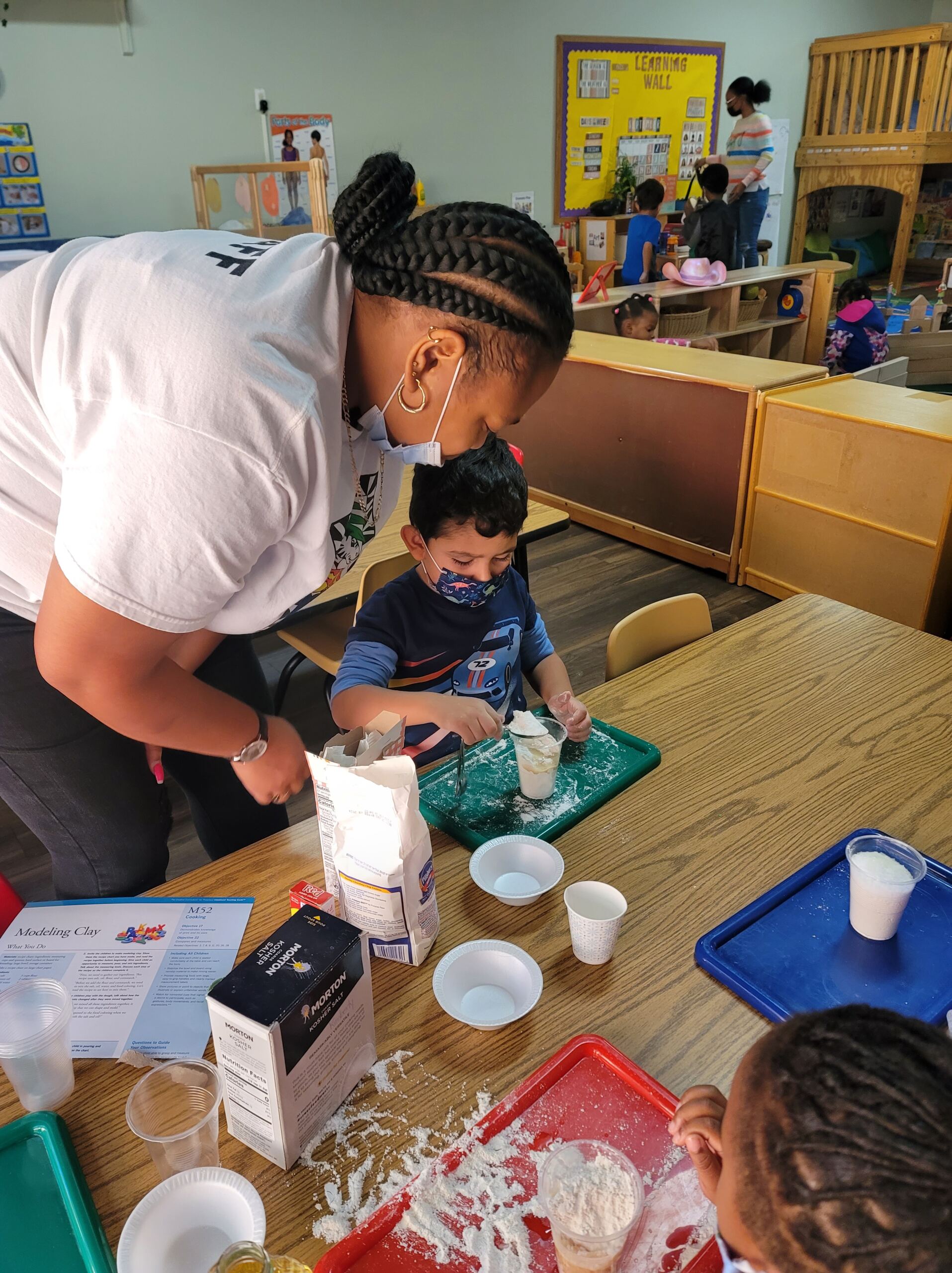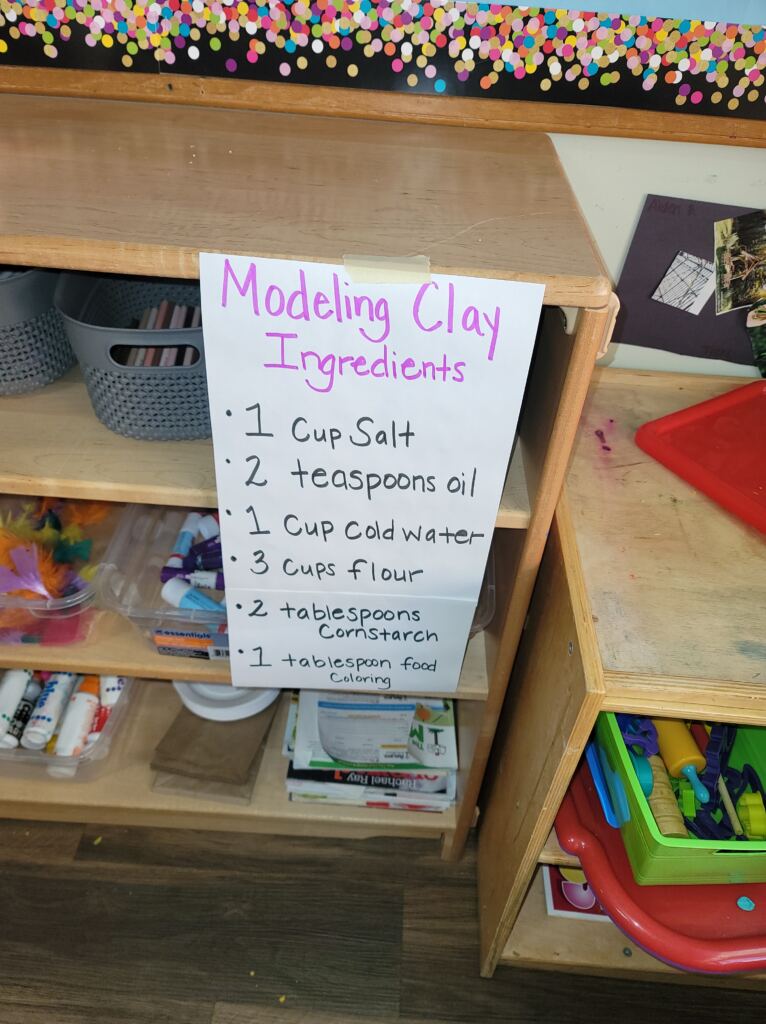You Don’t Have to be an Expert: Modeling Curiosity to Encourage Exploration and Discovery Through STEM Experiences
February 7, 2025

Ask any early childhood educator what STEM means, and most will be able to tell you that STEM stands for Science, Technology, Engineering and Mathematics. What they might not share is that they feel anxious about having to teach this content to young children, because they struggled with these topics when they were students themselves.
Many people believe that supporting STEM learning means having STEM expertise to offer students. This makes sense, given other common misconceptions: when adults are not aware of young children’s capacity to engage in real STEM practices, they tend to focus on expanding children’s content knowledge. But, as in other academic domains, STEM knowledge and skills grow together. Through experiential learning (combining hands-on investigations with informative read-alouds and discussions), young children develop their conceptual understanding, acquire new facts, and engage in essential skills such as observing, forming hypotheses, collecting evidence, revising hypotheses, devising experiments, and so on (NSTA 2014). They also develop STEM understandings and habits of mind from interacting with their everyday environments in curiosity-driven ways with support from teachers and other adults.
You don’t have to be an expert! The role of a good STEM teacher is often to resist directly answering children’s questions. Teachers can encourage STEM habits of mind and facilitate learning by asking purposeful questions and then supporting children as they investigate for themselves.

Here we see Natasha Johnson, a Durham PreK teacher from Primary Color’s Dixon using an Intentional Teaching Experience from the Creative Curriculum. This hands-on, experience of Making Modeling Clay incorporates Mathematics, Technology, and Science learning objectives. The children are having a lot of fun but the learning takes place when Natasha asks the children open-ended questions like, “What will happen when we mix these ingredients together?” “How does it feel?” “Why do we need to add the liquids (water & oil)? etc. Our goal is that these hands-on, inquiry-based activities not only make STEM accessible and exciting but also instill a lifelong love of learning and discovery.
One of a teacher’s most important roles in encouraging children’s natural STEM capacities is to help children persist when they might otherwise give up. When a child encounters frustration, it is important that a teacher not resolve the tension with an answer. Instead, teachers can help the child develop persistence by showing enthusiasm about the challenge at hand, modeling wonder and curiosity.
They can ask questions that reengage the child’s intrinsic desire to understand the issue. Asking questions that encourage experimentation—such as “What do you think would happen if . . .?”—rather than implying a single correct answer (e.g., “Did the ball go up or down?”) help children persist and experience the wonder of STEM discovery (Hoisington 2010). When teachers get into the habit of asking questions like these, they may find that they themselves experience the most joy when they do not know the answer. When teachers are pulled into the wonder of exploration, they become immersed in the learning experience with their students, demonstrating that STEM exploration has lifelong value.
References:
NSTA (National Science Teachers Association). 2014. “Early Childhood Science Education.” Position statement. www.nsta.org/about/positions/earlychildhood.aspx.
Hoisington, C. 2010. “Picturing What’s Possible—Portraits of Science Inquiry in Early Childhood Classrooms.” ECRP: Beyond This Issue, Collected Papers from the SEED (STEM in Early Education and Development) Conference. http://ecrp.illinois.edu/beyond/seed/Hoisington.html.